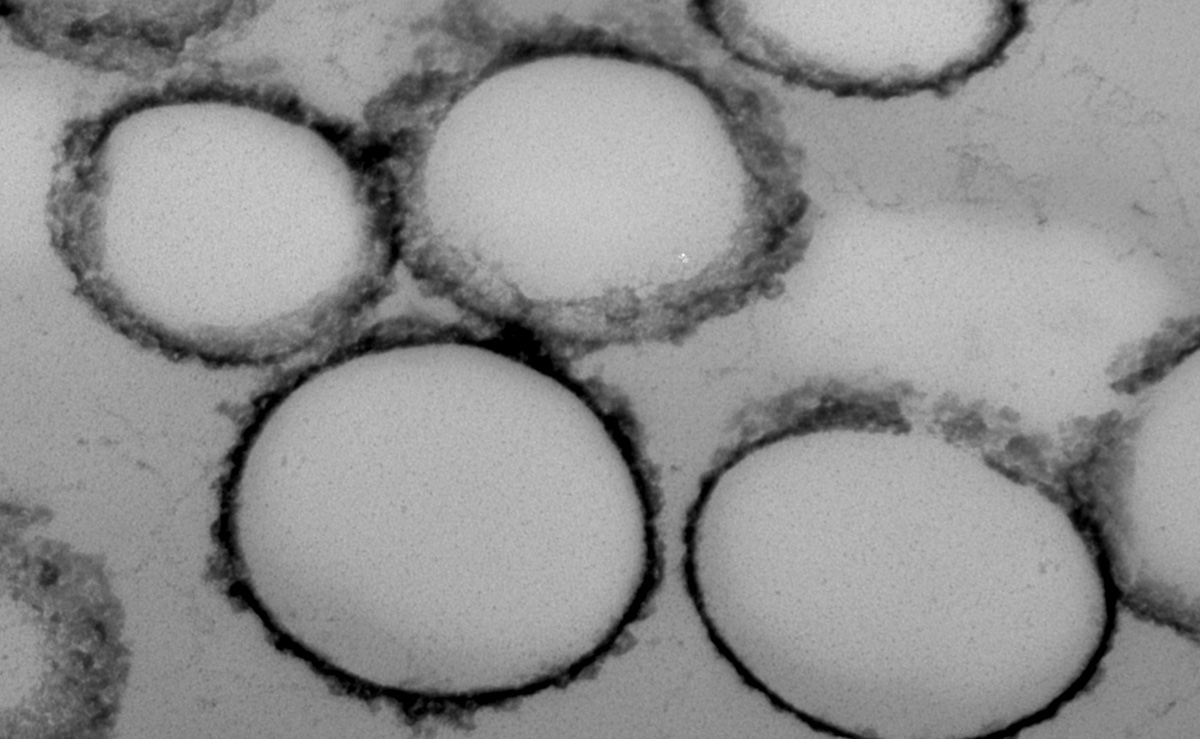Media release
From:
Griffith University researchers have developed a new way to detect cancer biomarkers which could help diagnose early-stage disease.
Led by Associate Professor Muhammad Shiddiky from the Queensland Micro and Nanotechnology Centre and Professor Bernd Rehm, Director of the Centre for Cell Factories and Biopolymers at the Griffith Institute for Drug Discovery, the research team designed an inexpensive and sensitive way of detecting ovarian cancer and other diseases using a new class of superparamagnetic nanomaterials.
They bioengineered cell factories to assemble nanobeads with magnetic properties that bind to specific target antibodies. Then the magnetised nanobeads were added to ovarian cancer cells to capture methylated DNA and exosomes (cells) to detect cancer.
“As the nanomaterials can be engineered according to the need for detecting a certain disease type, they are highly flexible and can be tuned for almost any kind of biological molecules that are relevant to detect specific diseases,’’ Professor Shiddiky said.
“Once the disease molecules have been ‘captured’ by the nanomaterial, they can be easily isolated and separated from bodily fluids using a simple magnet.”
He said the method was faster, more accurate and less expensive compared to current detection methods and the nanobeads could be produced at high volume in industrial cell factories reducing the cost of analysis.
“The two-step strategy uses nanobeads to magnetically isolate the cancer biomarkers, such as methylated DNA or exosomes, from blood or tissue samples collected from cancer patients.
“The principle of detection of these biomarkers is based on the specificity of antibodies between the antibody and target molecules.”
Here, exosomes represent protein-based biomarkers whereas methylated DNA represent DNA-based biomarkers.
“This method represents a diagnostic platform that can be adapted to a wider variety of protein and DNA-based biomarkers to enable diagnosis of various diseases.”
Professor Rehm said the demand for point-of-care diagnostics and monitoring was rapidly increasing with the increase in the prevalence of chronic diseases, healthcare costs and unmet healthcare needs.
“Huge research efforts have been devoted towards the development of technologies that can detect cancer at early stages,’’ he said.
“However, the main challenge that many health systems face is finding a method that is cheap, rapid and accurate. These nanomaterials could provide a way to overcome some of these challenges.”
He said most conventional diagnostic methods used expensive biological kits and relied on sophisticated equipment, limiting their use in developing countries and other resource-poor settings.
“Early diagnosis of cancer is critical for more effective treatment strongly improving prognosis of patients so it is important to develop versatile diagnostic platform technologies that are specific and sensitive to detect cancer.”
The research has been published in ACS Applied Materials and Interfaces.



 Australia
Australia



